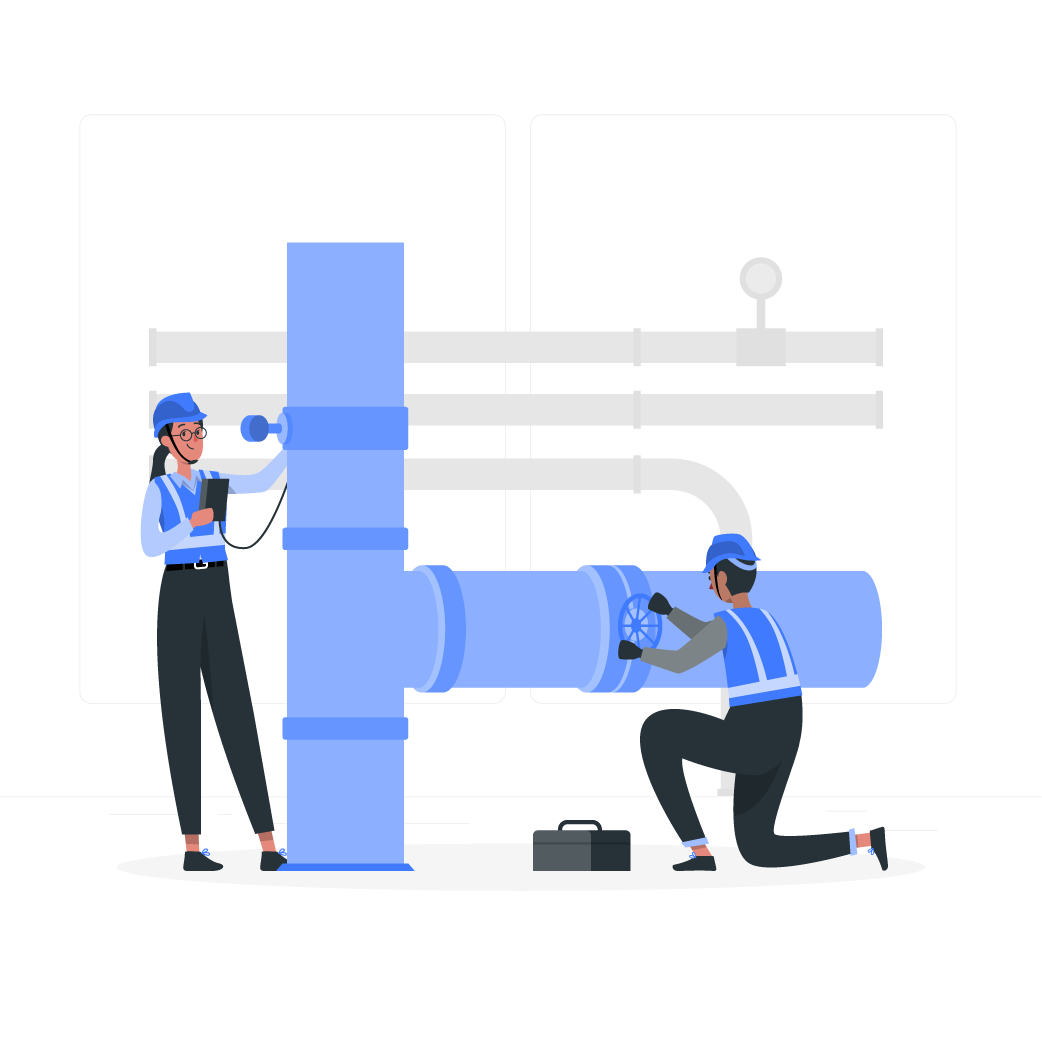Introduction:
In the world of facilities management, efficiency is key. Whether it’s ensuring the smooth operation of office buildings, manufacturing plants, or healthcare facilities, the goal is always to keep things running smoothly while minimizing downtime and costs. However, one common challenge that facility managers often face is the issue of reactive maintenance. In this blog post, we’ll explore what reactive maintenance is, why it can be problematic, and how facility managers can overcome its challenges to maximize efficiency.
Understanding Reactive Maintenance:
Reactive maintenance, also known as “breakdown maintenance” or “run-to-failure maintenance,” is a strategy where maintenance activities are only performed in response to equipment failures or breakdowns. In other words, rather than proactively addressing issues before they escalate, maintenance is deferred until a problem occurs.

Challenges of Reactive Maintenance:
While reactive maintenance may seem like a simple and cost-effective approach on the surface, it comes with several significant challenges:
Increased Downtime: When equipment fails unexpectedly, it can lead to unplanned downtime, disrupting operations and productivity.
Higher Costs: Repairing equipment after it has failed often incurs higher costs than preventative maintenance. Emergency repairs may require expedited shipping of parts or the need to hire external contractors at premium rates.
Safety Risks: Equipment failures can pose safety hazards to employees and occupants of the facility, increasing the risk of accidents and injuries.
Reduced Equipment Lifespan: Operating equipment until it fails can shorten its lifespan and lead to more frequent replacements, resulting in higher long-term costs.
Inefficient Resource Allocation: Reactive maintenance can lead to inefficient allocation of resources, as maintenance staff may be constantly firefighting urgent issues rather than focusing on strategic maintenance planning.
Overcoming the Challenges:
While reactive maintenance poses significant challenges, there are strategies that facility managers can implement to overcome them and improve efficiency:

Implement Preventative Maintenance Programs: Proactively schedule regular maintenance tasks based on equipment manufacturer recommendations and historical performance data. This can help identify and address potential issues before they escalate into costly failures.
Embrace Predictive Maintenance Technologies: Leverage predictive maintenance technologies such as sensors, data analytics, and predictive modeling to monitor equipment health in real-time and anticipate maintenance needs before failures occur.
Invest in Training and Skills Development: Equip maintenance staff with the necessary skills and training to conduct proactive maintenance tasks and diagnose potential issues early on. Empowering employees to take ownership of maintenance activities can lead to more efficient operations.
Prioritize Equipment Reliability: Focus on selecting and investing in reliable equipment with a track record of performance and durability. Conduct regular equipment inspections and audits to identify opportunities for upgrades or replacements.
Foster a Culture of Proactive Maintenance: Encourage a culture of proactive maintenance within the organization by highlighting the benefits of preventative maintenance and rewarding employees for proactive problem-solving and innovation.

Conclusion:
Reactive maintenance can pose significant challenges for facilities management, including increased downtime, higher costs, and safety risks. However, by implementing preventative maintenance programs, embracing predictive maintenance technologies, investing in training and skills development, prioritizing equipment reliability, and fostering a culture of proactive maintenance, facility managers can overcome these challenges and maximize efficiency in their operations. By shifting from a reactive to a proactive approach, facilities can achieve greater reliability, safety, and cost-effectiveness in the long run.
















